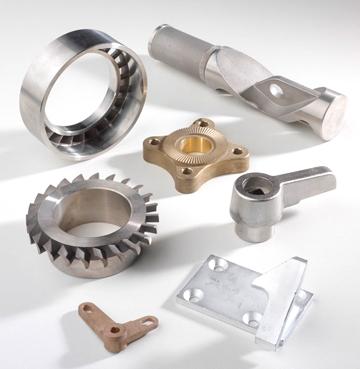The first year of the three-year CAP-SCRAP project to reduce in-process scrap in injection moulding is drawing to an end and several streams of research are showing results.
CAP-SCRAP is a project 50 per cent funded by the government’s Technology Strategy Board and aims to address concerns hindering scrap re-use in major injection moulding sectors. Despite the technology driving modern injection moulding machines there is still a problem of significant waste during manufacture. In applications involving prolonged production runs using dedicated machines, machine technology has been able to reduce scrap. But where production flexibility dictates the need to use the same machines for different products and polymer systems there is still an element in production of defects and waste.
One of the CAP-SCRAP project members, the British Plastics Federation, reporting on the first year of research says: “Process waste is often high quality, clean material yet significant volumes are still being dumped rather than re-used. Both moulders and end-user customers are often fearful of re-use due to concerns over degradation of properties.”
CAP-SCRAP is aiming to provide solid data to eliminate the existing unsupported theories where re-use in many polymer systems still remains un-researched. High performance engineering materials have been investigated in research at the University of Exeter in conjunction with engineering plastics producers AAVF and Algram which has defined the precise relation between material history, processing and final properties that exist in PEEK and PPSU systems. Similar programmes are also underway in other systems such as PET, ABS, and PE/PP, in conjunction with Esterform Packaging, Becton Dickinson, Data Plastics and Robinson Plastic Packaging.
Another aspect of CAP-SCRAP is to prevent scrap being created in the first place through closer monitoring of the melt in the injection moulding process. This will be achieved with an in-line monitoring system developed at Exeter in conjunction with Colormatrix Europe – the CAP-SCRAP project leader. The system uses two optical fibre probes that continuously monitor material flowing through the injection nozzle and generate real-time spectroscopic information on the condition of the melt during the injection process. This is expected to offer a solution to materials-related problems by providing additional process control based on the real-time condition of the material itself, rather than operator judgement.
According to the BPF an estimated 63 per cent of the British plastics sector could benefit commercially from the CAP-SCRAP developments, and those it contacted in the industry were strongly attracted to the potential of an in-line monitoring tool with marker incorporation to help reduce waste.
Source: britishplastics.co.uk





